Table of Contents
As a calisthenics enthusiast, you're likely no stranger to the risks of injury that come with pushing your body to new heights. At kizworld, we believe that with great power comes great responsibility - which is why we're committed to helping you prioritize Calisthenics injury prevention in your training. From strains and sprains to tendonitis and joint discomfort, the reality is that calisthenic athletes are prone to a range of injuries that can set them back weeks or even months. But fear not! With the right knowledge and precautions, you can minimize your risk of getting hurt and stay on track towards achieving your fitness goals.
Absolute Calisthenics Injury Prevention: Essential Tips For A Safe And Effective Workout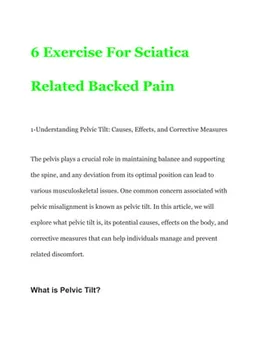
Understanding Calisthenics Injury Prevention
What is Calisthenics Injury Prevention?
Imagine you're building a tower of blocks. You wouldn't just start stacking without a plan, right? You'd make sure each block is placed carefully so the tower is strong and stable. Calisthenics injury prevention is like having that plan for your body! It's all about understanding how to do calisthenics exercises correctly and safely so you can get stronger and fitter without getting hurt. Just like building that tower, it takes a bit of planning and care, but the results are worth it!
Why is Injury Prevention Important in Calisthenics?
Calisthenics is awesome! It uses your body weight to build muscle and improve fitness. But sometimes, we get too excited and push ourselves too hard, too fast. That's when injuries happen. Think of it like learning to ride a bike. At first, you need those training wheels to keep you balanced and safe. Injury prevention is like those training wheels for calisthenics - it helps you stay safe while you learn and grow. By taking care of our bodies and training smart, we can enjoy calisthenics for years to come!
Factors | Description |
|---|---|
Age | As we get older, our bodies might need more time to warm up or recover. |
Previous Injuries | Old injuries can sometimes make us more prone to new ones, so it's essential to be mindful of them. |
Fitness Level | It's great to challenge ourselves, but it's also important to start slowly and gradually increase the difficulty of exercises. |
Common Mistakes That Can Lead to Injuries
We all make mistakes, especially when we're learning something new. But in calisthenics, some common mistakes can lead to injuries. One mistake is using improper form. Imagine trying to do a handstand with your back all wobbly – that's a recipe for disaster! Another mistake is pushing ourselves too hard, too soon. Remember, Rome wasn't built in a day, and neither is a strong and healthy body!
The Benefits of Prioritizing Injury Prevention
Think of injury prevention as a superpower! When you prioritize it, you unlock a whole bunch of benefits. First, you get to enjoy calisthenics more because you're not sidelined with aches and pains. Plus, you'll see better results because you're training consistently without any setbacks. It's like having a secret weapon that helps you reach your fitness goals faster and stronger! Do you want to know can calisthenics make you bigger?And the best part? Injury prevention isn't complicated!
- Warm up properly
- Use proper form
- Listen to your body
Creating a Safe and Effective Training Environment
Having a safe and fun training environment is super important! It's like having a cool playground where you can explore your limits and challenge yourself without worry. Make sure you have enough space to move around freely without bumping into anything. And always listen to your body. Are you curious about are calisthenics good for building muscle? If something feels off or painful, stop and figure out what's going on. Remember, safety first, always!
Understanding Calisthenics Injury Prevention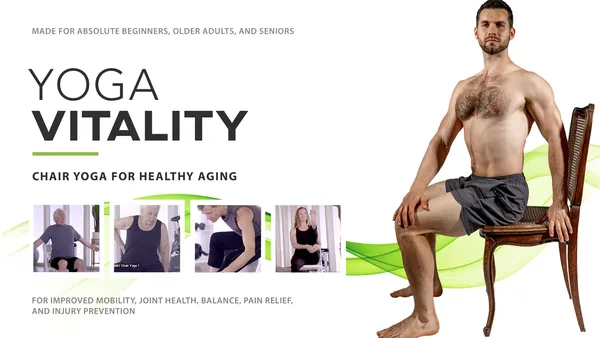
Identifying Common Injuries in Calisthenics Training
Wrist Pain and Tendonitis
Wrist pain and tendonitis are more common than you think, especially for beginners. Imagine doing handstands or planks all the time—your wrists take a lot of pressure! It's like holding a heavy book for a really long time—your hands start to ache, right? That's why it's super important to warm up properly and gradually increase the intensity of your workouts. Think of it like learning to ride a bike—you wouldn't start on a mountain bike without practicing on a smaller one first, would you?
Proper form is also key! If you're doing a handstand, for example, make sure your hands are shoulder-width apart and your fingers are spread wide to distribute the weight evenly. And remember to listen to your body! If you feel any pain, stop and rest. Pushing through the pain will only make things worse in the long run. It's like ignoring a small cut—it might seem insignificant at first, but if left untreated, it can become infected and cause bigger problems later on.
Type of Injury | Common Causes |
|---|---|
Wrist Pain | Overuse, improper form during handstands or planks |
Tendonitis | Repetitive motions, inadequate warm-up |
Shoulder Impingement and Rotator Cuff Issues
Shoulder problems can be a real pain, literally! They often happen when we try to do too much too soon, like attempting a muscle-up without building up the necessary strength. It's like trying to lift a heavy suitcase without warming up your muscles—you're more likely to pull something! Gradual progression is key here. Start with easier exercises like push-ups and pull-ups, and gradually work your way up to more challenging moves as you get stronger. Want to know more about calisthenics for athletes?
Another common mistake is neglecting mobility work. Think of your shoulders like a rusty door hinge—if you don't oil it regularly, it won't open and close smoothly, right? The same goes for your shoulders—regular stretching and mobility exercises can help keep them moving freely and reduce the risk of injury. Incorporate exercises like arm circles, shoulder dislocations, and thoracic spine rotations into your routine to keep those shoulders happy and healthy. Want to know are calisthenics strength training?
- Can calisthenics make you bigger?
- Are calisthenics good for building muscle?
Identifying Common Injuries in Calisthenics Training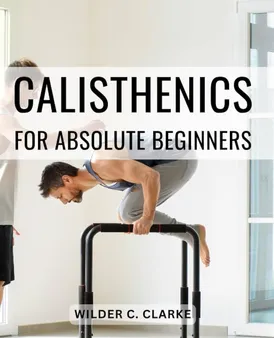
Calisthenics Injury Prevention Strategies
Warm-Up Like a Pro
Think of warming up as getting your body ready for a big adventure! It's like stretching your muscles before a long hike – you don't want to start climbing a mountain without getting your legs ready, right? A good warm-up helps your muscles get loose and flexible, which is especially important for calisthenics since it often involves a lot of dynamic movements. I always start with some light cardio, like jumping jacks or jogging in place. Then, I move on to dynamic stretches, like arm circles, leg swings, and torso twists. It's like getting your body warmed up for a dance party! A good warm-up can help prevent muscle strains and sprains, which can put a serious damper on your training.
Listen to Your Body
One of the most important things in calisthenics is learning to listen to your body. It's like having a built-in GPS for your training! If you feel any pain, stop and rest. Don't try to push through it, because that's how injuries happen. It's like ignoring a warning sign on a road trip—you might think you can make it, but you might end up getting lost or even having an accident! If you're unsure about what's going on, it's always a good idea to consult a doctor or physical therapist. They can help you diagnose any issues and recommend the best course of action.
- Warm up properly
- Use proper form
- Listen to your body
Calisthenics Injury Prevention Strategies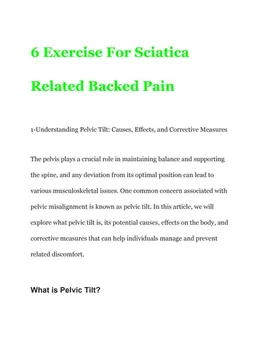
The Importance of Proper Technique and Gradual Progression
Mastering the Fundamentals
I still remember my early days of calisthenics training. I was so eager to perform advanced exercises that I neglected proper technique. Big mistake! Without a solid foundation, you're setting yourself up for injury. It's like building a house on shaky ground – it might look impressive at first, but it'll eventually collapse.
That's why mastering the fundamentals is crucial. Focus on perfecting basic exercises like push-ups, squats, and lunges before moving on to more complex movements. This will help you develop strength, control, and coordination – essential components of successful calisthenics training.
Can Calisthenics Make You Bigger?
Exercise | Description |
|---|---|
Pull-Ups | Builds lat strength and endurance |
Dips |
Gradual Progression: The Key to Success
Rome wasn't built in a day, and neither is a strong physique. Gradual progression is vital in calisthenics training. It allows your body to adapt to new demands, reducing the risk of injury and promoting consistent progress.
- Increase reps or sets over time
- Add weight or resistance gradually
- Incorporate more challenging variations of exercises
Avoiding Plateaus with Progressive Overload
We've all been there – stuck in a rut, unable to break through plateaus. That's where progressive overload comes in handy! By incrementally increasing the intensity of your workouts, you'll continue making gains and avoiding stagnation.
The Importance of Proper Technique and Gradual Progression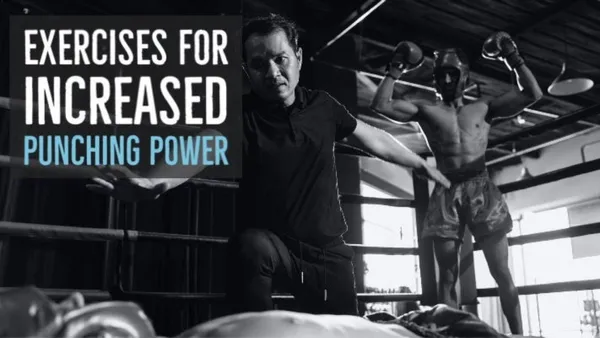
Reducing the Risk of Overuse Injuries with Rest, Recovery, and CrossTraining
Rest Days Are Not Cheating Days
I used to think that resting meant I was lazy or not dedicated enough to my calisthenics training. But boy, was I wrong! Our bodies need rest days to recover from the intense physical activity we put them through. It's like giving your car a tune-up after a long road trip – you need to check the engine, change the oil, and replace worn-out parts so it can run smoothly again.
In fact, research shows that adequate rest and recovery can improve athletic performance by up to 20%! So don't be afraid to take a day off when you need it. Your body (and mind) will thank you. Want to know if calisthenics are good for building muscle? Check out our previous article on this topic!
Cross-Training: The Secret Sauce to Injury Prevention
Cross-training is like having a backup plan for your workouts. Instead of doing the same old exercises every day, you mix things up by incorporating different activities into your routine. This reduces the risk of overuse injuries because you're not putting excessive stress on specific joints or muscles.
For example, if you're a die-hard fan of burpees, try switching it up with swimming or cycling once a week. This will engage different muscle groups while still providing an excellent cardiovascular workout. Trust me, your body will appreciate the variety! Learn more about how calisthenics can help with fat loss in our article "Are Calisthenics Good For Fat Loss?".
- Samples of Cross-Training Activities:
- Swimming,
- Cycling,
- Dancing,
BENEFITS OF REST DAYS |
|---|
Improved Athletic Performance |
Faster Muscle Recovery |
Enhanced Mental Clarity |
Reducing the Risk of Overuse Injuries with Rest, Recovery, and CrossTraining
Final Thought
In conclusion, preventing injuries in calisthenics requires a multifaceted approach that incorporates proper technique, gradual progression, rest, recovery, cross-training, mobility/stability work, and professional guidance. By prioritizing these elements in your training regimen, you'll be well-equipped to tackle even the toughest challenges while keeping your body safe from harm. So remember: safety always comes first!